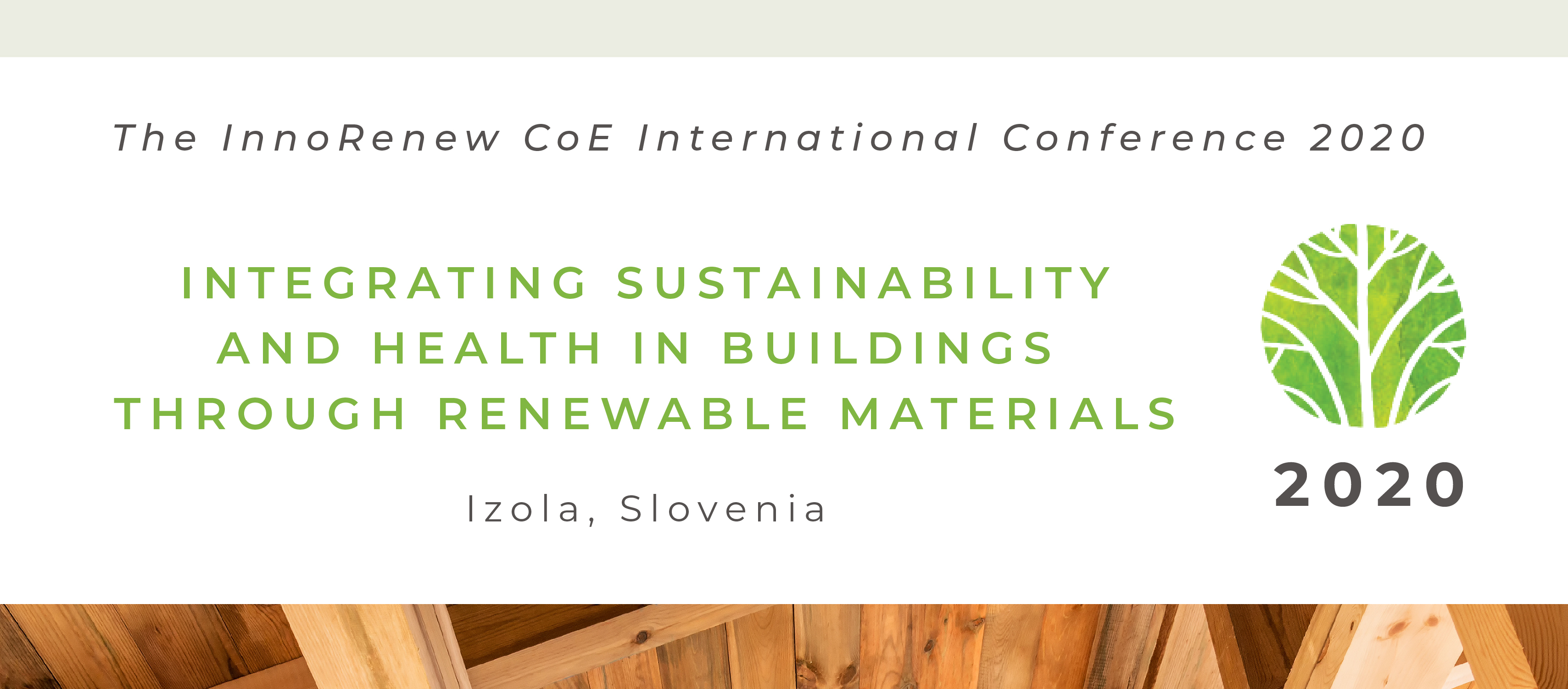Description
Techniques, innovation, and advances in composite materials based on renewable materials.
Buildings account for 40% of total energy consumption in the European Union. The indica-tions are that this will increase, simply because of growth in the number of buildings over time. It is also important to have in account that bioclimatic design and building engineering physics issues, directly related to energy performance and to well-being of the occupants, should be properly...
The construction industry accounts for 15 % of all greenhouse gas emissions. During their use phase, buildings use 40 % of the total energy consumption, which contributes significantly to air pollution and other environmental impacts. While the energy consumption during the use phase is predicted to decrease as efficient buildings, like zero and near zero energy buildings, become more common,...
Sustainable approaches in retrofitting buildings for energy efficiency are becoming inevitable in the time of global climate change. Retrofitting existing building stock can be effective in reducing global energy consumption and decreasing resource over-exploitation. However, less developed EU member states and neighboring developing countries show reluctance towards healthy and renewable...
A fundamental problem of the sustainable built environment development represents the poor optimisation content in the design process. While first studies focus on algorithms for only one particular subsystem (e.g. insulation, shading, heating generation, etc.), the overall complete building optimisation is still missing. Though, the patented Energia Design Method applies sophisticated energy,...

